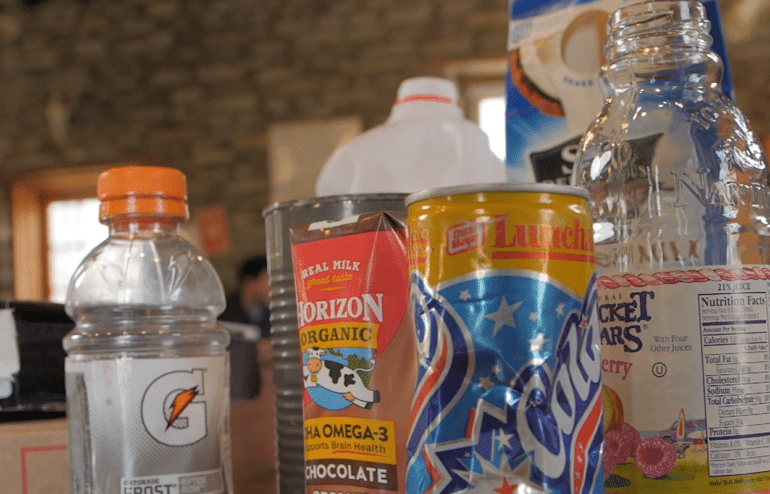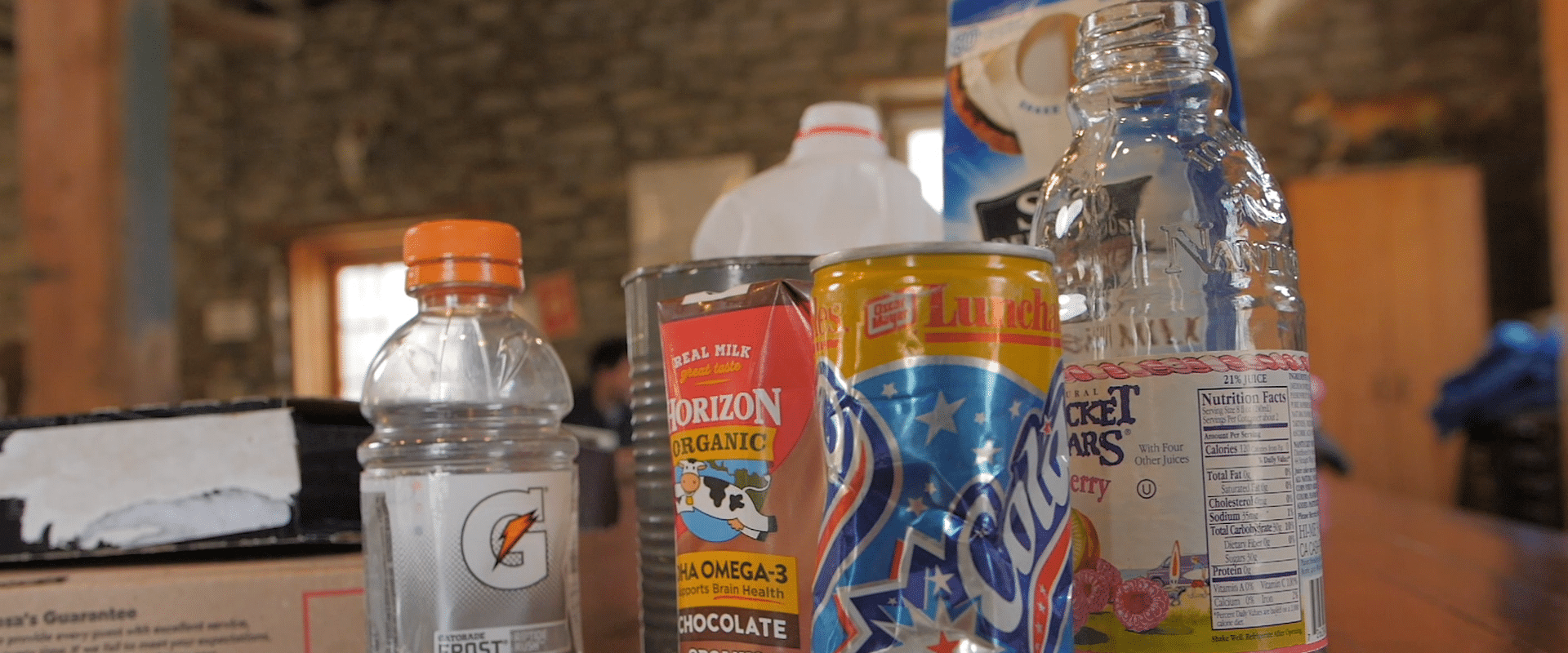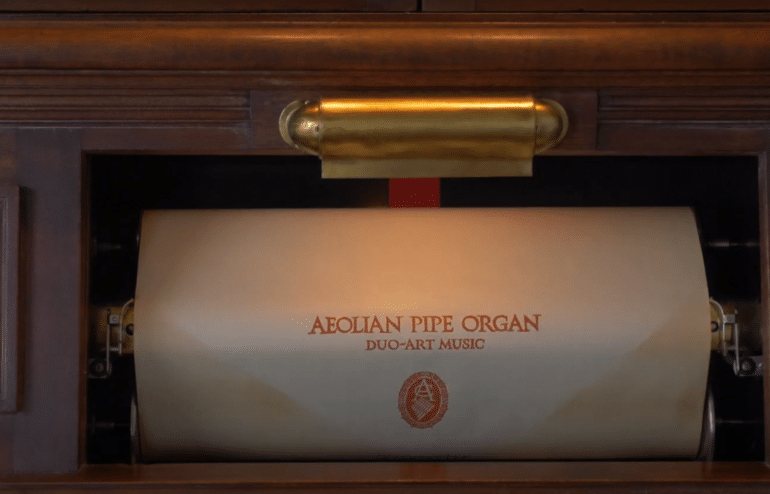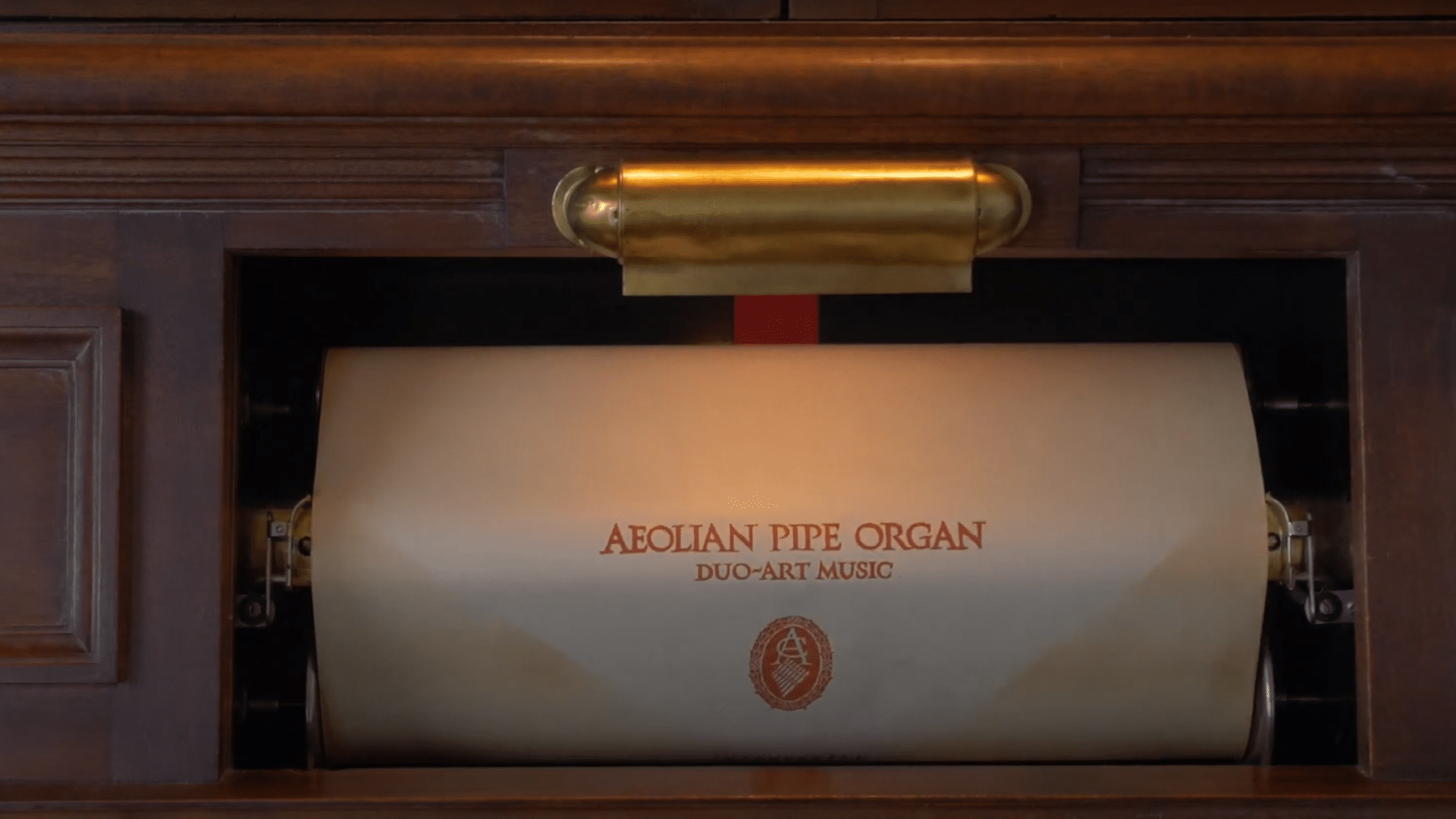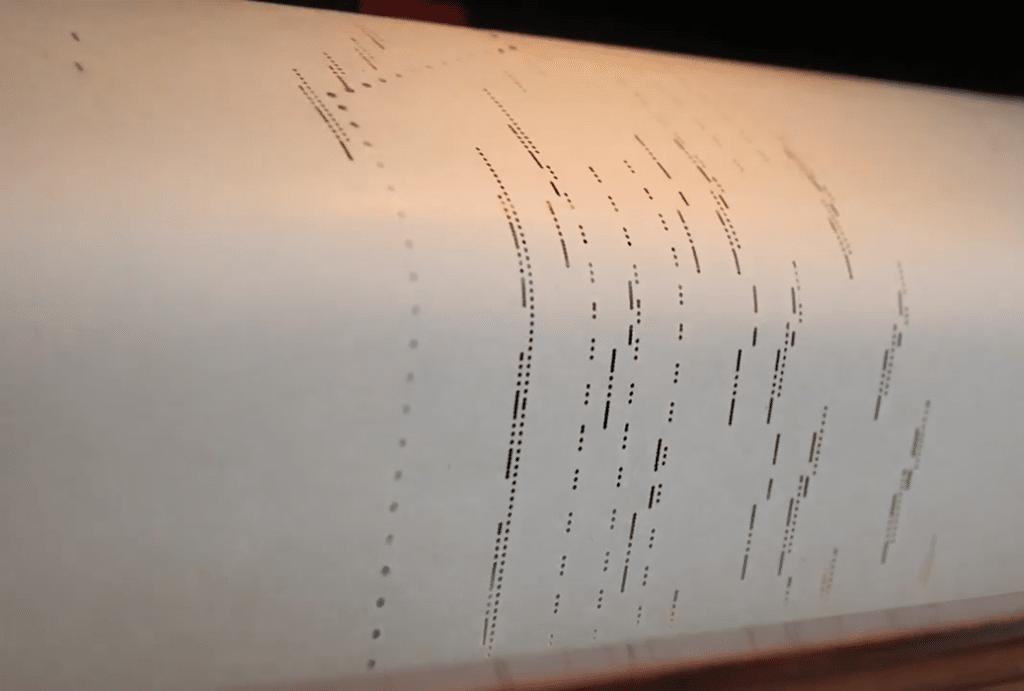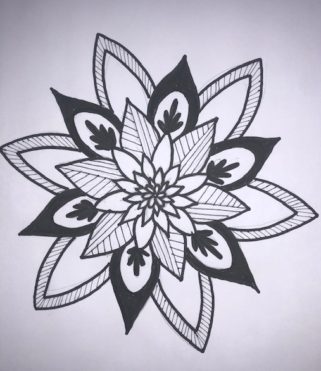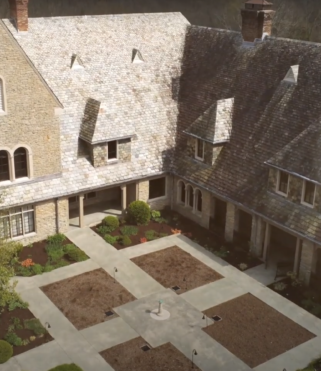Greenacres is the place to be – be green that is! Being green is one of our 4 values that help guide our mission. We strive to recycle the best we can, and that means taking extra steps to ensure we are reducing as much waste as possible. Here are our top five tips for being green.
Tip #1: Educate yourself! You cannot recycle correctly if you don’t know what can and cannot be recycled. Learn what your local municipality (Rumpke-Cincinnati, OH) accepts for curbside recycling. There are 5 categories of curbside recycling: paper & cardboard, glass, metals, cartons, and plastics. You can always check out Rumpke’s website for more information. They even offer free tours of the Material Recovery Facility (MRF), which can help you gain a better understanding of why they collect what they do and where these things ultimately end up. Ask questions! Find some good resources that you can ask questions to get specific answers. Feel free to email us at lnichols@green-acres.org to get some answers.
Tip #2: Start composting! According to a Hamilton County Solid Waste Composition Study (2018), 14.9% of landfill waste is food waste. Some of the food waste are food scraps that could be composted and turned into usable soil, instead of sent to the landfill. In addition to food waste, the study also showed there was another 16.9% of landfill waste that was yard waste, which also could have been composted! Looks like it’s time to start your own compost bin in your backyard. If you don’t want to start a backyard bin you can look into a compost service. There are several composting services in the Cincinnati area, including Go Zero, which lets you drop off compost to a station!
Tip #3: Reduce your overall consumption! How would you like to help the earth and save money? Try doing a spending freeze for a month. Limit yourself to only buying necessities such as food, transportation, and bills. You’ll quickly notice that you buy many things that you did not really need and can survive without. For example, maybe try buying a reusable water bottle (which is a one-time purchase) instead of a case of water each month. You might even become creative and start reusing things that you wouldn’t normally reuse. An old cardboard box is now a kid’s fort! Those old takeout containers are now what you can pack a lunch in. You’ll be surprised how much waste you reduce. You’ll not only have a fatter wallet at the end of the month, but a better appreciation for what you already have. And when you do buy, try to buy local. Hint, hint: the Greenacres Farm Store is a great place to get fresh produce!
Tip #4: Remember that this takes time! You will not be able to make all these changes overnight. Being green can be challenging to start. If you use a plastic straw one day, don’t kick yourself over it. Just try again next time. We can’t always plan for everything that life throws at us, and sometimes convenience of single use plastics gets in the way-and THAT’S OKAY! Just remember that you are trying, and will get better with practice and effort.
Tip #5: Look for other recycling avenues! There are several organizations out there who love to recycle as much as you. If your general curbside recycling (see Tip #1) won’t take it, you might still be able to reduce your landfill footprint with a little extra effort. See below for a handy list of common items.



